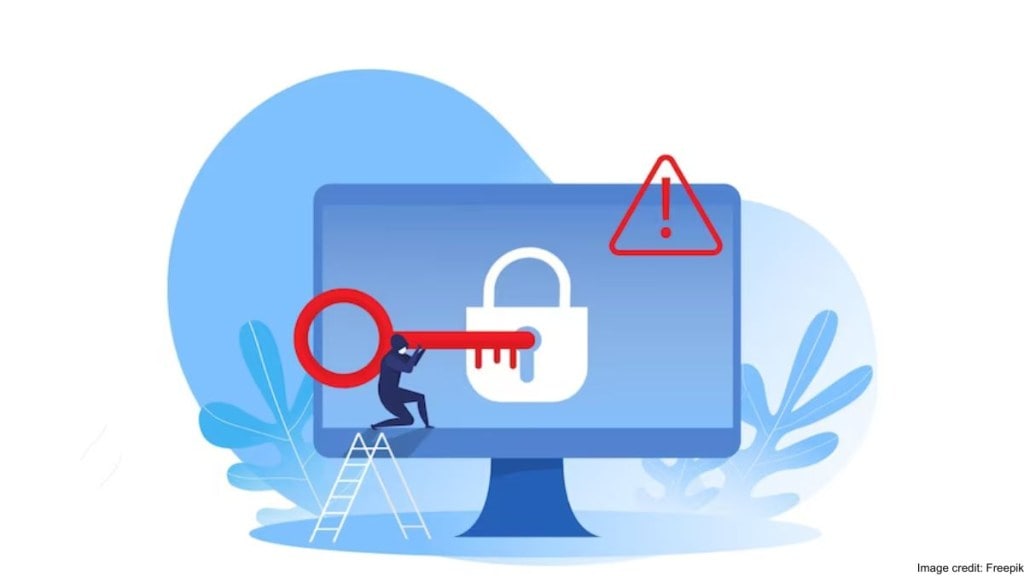As businesses digitally transform to drive profitability, revenue growth besides finding ways to monetise consumer data, these companies if it is to be believed are not only collecting and analysing more data but also centralising storage on the cloud. Experts believe this can lead to data leakages. “This expanded data access poses a threat from cyber-attacks and data breaches which can lead to severe consequences, such as financial loss, reputational damage and other legal liabilities, among others. The risk might increase if businesses lack sufficient knowledge, talent and expertise to identify and manage digital risks in the wake of an ever-changing regulatory landscape,” Jitendra Putcha, EVP and global head, data analytics and AI, LTIMindtree, a technology and digital solutions company, told FETransform-X.
Industry experts believe mobile platforms, edge devices, cloud, work-from-anywhere, and tectonic shifts continue to generate and transmit a variety of data. Post-pandemic adapting cloud extensions was the most common approach to digital transformation among organisations worldwide. In 2022, the global public cloud market is estimated to have reach over $490 billion, as per insights from Statista, a market research platform. There were about 692.0 million Internet users in India at the start of 2023 and penetration stood at 48.7%, as per insights from Datareportal, a market research platform.
As it is understood, data privacy has an important role to play in overseeing the balance between personalisation and intrusion, especially with the advent of technologies such as artificial intelligence (AI), machine learning (ML) and other data-driven approaches, among others. “Building an information security program requires the understanding of what data you have and where it exists. Before additional controls around information classification and determining lifecycles of data, it’s best to start by determining where your data resides, especially within your users’ devices,” Aaron Bugal, field CTO, Asia Pacific and Japan, Sophos, a cybersecurity platform, explained.
Global data creation is projected to grow to more than 180 zettabytes by 2025, as per insights from Statista, a market research platform. With increased data creation comes cost management. Experts believe the average cost of data security is about $2 million. Critics argue that the cost of data management can soar in comparison to the cost of data breaches. One in three number of breaches identified by an organisation’s own security teams or tools, as per IBM’s Cost of a Data Breach 2023 report. Only one-third of companies have discovered data breach through their own security teams, highlighting a need for better threat detection. The report stated that when attackers disclosed a breach, it cost organisations nearly $1 million more compared to internal detection. The average cost of a data breach reached an all-time high in 2023 at $4.45 million. This represents a 2.3% increase from the 2022 cost of $4.35 million. Taking a long-term view, the average cost has increased by 15.3% from $3.86 million in the 2020 report.
“To ensure data security and privacy in today’s world, an organisation needs to adopt a cost-friendly digital risk management strategy, which should aim to assess, manage and monitor the risk across all digital initiatives, without high cost ends. By including real-time visibility of data, fast detection technologies and response leveraging enhanced automation and artificial intelligence, data management structures could be improved, ” Vijay Bharti, CISO, Happiest Minds Technologies, a information technology organisation, concluded.

